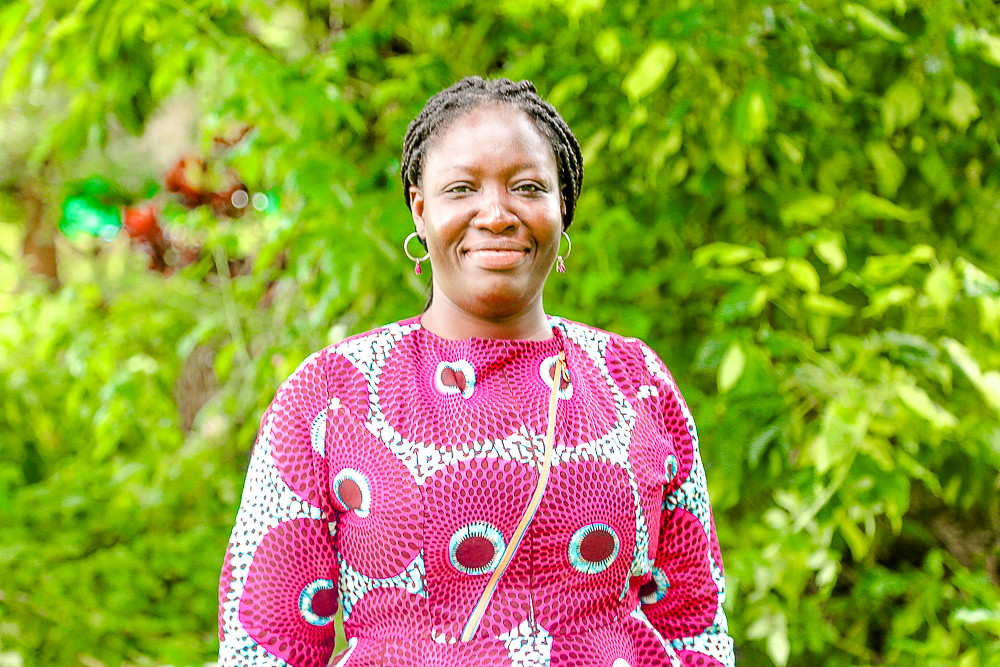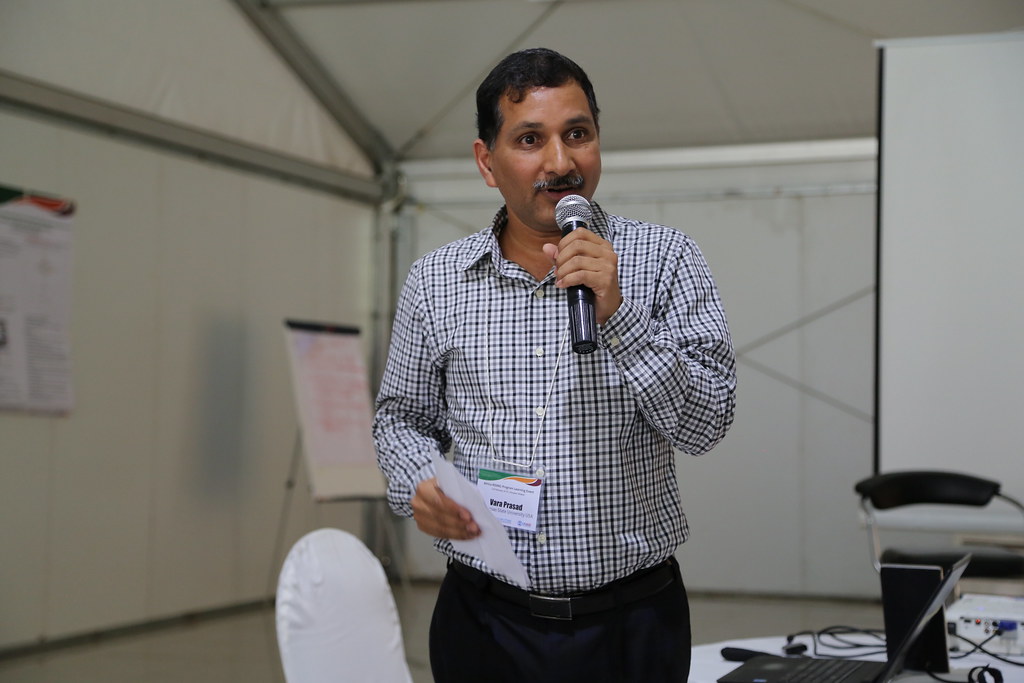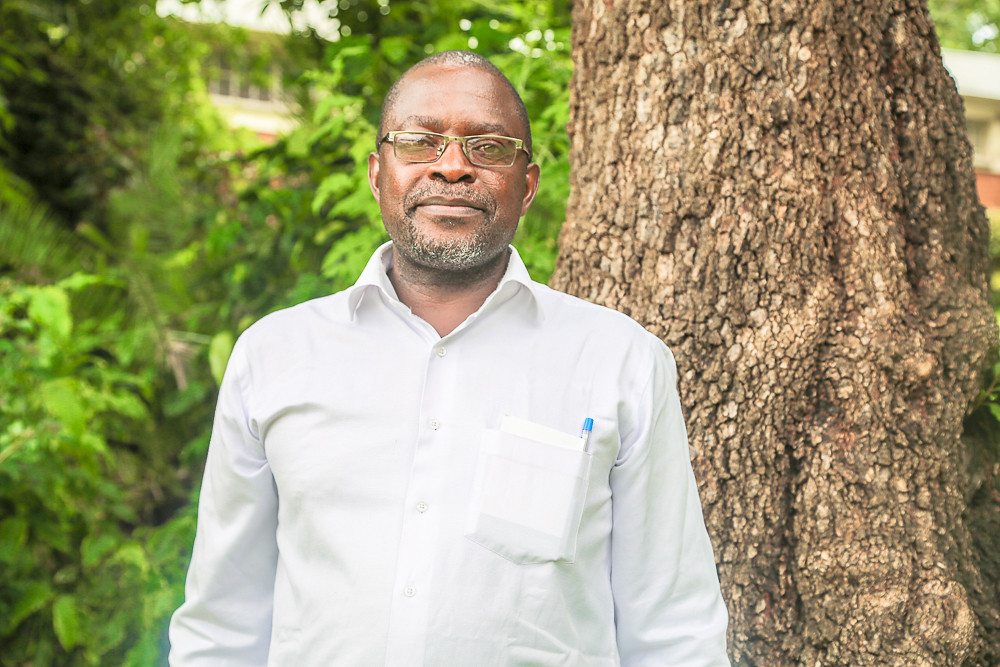Africa RISING Learning Event 2019 – participants reflections and takeaways
By Bevin Bhoke and Wilhelmina Ofori-Duah
Partners from six project countries converged in Malawi on 5–8 February for the Africa RISING Program Learning Event 2019. The goal of the annual meet was for partners to synthesize valuable lessons learnt in the previous year and harness them for improved project implementation this year.
The meeting brought together Africa RISING scientists, researchers and communications specialists from Ethiopia, Ghana, Malawi, Mali, Tanzania and Zambia to assess the project’s implementation experiences, knowledge gained, and products generated in the different regions.
Mixing a regular workshop format with field visits to Africa RISING activity sites in Malawi, this year’s learning event focused on three primary topics: (i) experiences with implementation of the Sustainable Intensification Assessment Framework (SIAF), (ii) systems research for agriculture in practice, and (iii) common understanding of terminologies used within the Africa RISING program. At the end of the event, the communications team caught up with a few of the participants to get insights into their key takeaways from the event. Below are excerpts of the reflections from the participants interviewed.
Council for Scientific and Industrial Research – Science and Technology Policy Research Institute (CSIR-STEPRI)
Africa RISING West Africa Project
Gender dynamics at the farm household level could be crucial in determining the extent to which Africa RISING technologies are adopted. It is important for scientists to understand the different dynamics and take them into consideration during research design and dissemination of technologies.

International Food Policy Research Institute (IFPRI)
Africa RISING Program monitoring and evaluation lead
One of the main important lessons learned is that it’ll be difficult to identify the impact of the single, discrete innovation brought by Africa RISING, because farmers cultivate different crop mixes in different plots. Another lesson is to always couple a field visit interacting with farmers to formal meetings among researchers.

International Maize and Wheat Improvement Center (CIMMYT)
Africa RISING East and Southern Africa Project
Integration of the five sustainable intensification domains at field level is difficult to observe. It needs to be observed at household and at community level. The farm systems also vary across regions; hence we have to identify the entry points, pathways and the outcomes we will measure.

Director, Feed the Future Sustainable Intensification Innovation Lab (SIIL)
It is exciting that we are trying to use the SIAF to look at the synergies and trade-offs to determine what is the best system or best technologies to address the needs of the smallholder farmers. So, I am glad that we are using the framework and then we look forward to learning what the gaps are because this is a new approach/tool. I am sure there are a lot of ways we can further improve it, so I am looking forward to inputs from Africa RISING researchers to guide us on how the SIAF can be enhanced.

International Institute of Tropical Agriculture (IITA)
Africa RISING East and Southern Africa Project
The involvement of agriculture extension officers can help to reduce the challenge of workload in data collection by researchers at research sites. If they are trained in data collection; the extension officers will help deal with this challenge.

International Livestock Research Institute (ILRI)
Africa RISING Ethiopian Highlands Project
Social and human domains of the SIAF remain a challenge to prioritization and measurement. We need mixed methods to validate these indicators and prioritize what is appropriate from researchers and farmers’ point of view.

IITA
Africa RISING West Africa Project
The informative and rewarding field sessions where farmers helped to bring out key issues that pertain to the human and social domains of the SIAF were key highlights for me. For example, the household nutrition and labour dynamics in the groundnut systems visited at Linthipe, Malawi. The visit to the livestock intervention in Linthipe also offered useful insights on the use of baobab and pumpkin seed as feed additives. This will be explored in West Africa.

CIMMYT
Africa RISING Ethiopian Highlands Project
The SIAF is very applicable to the small-scale mechanization work being implemented in Ethiopia. The response on nutrient management application rate is based on prevailing rainfall conditions.

World Vegetable Centre
Africa RISING East and Southern Africa Project
“It is important to provide more time to farmers to discuss their experiences, challenges and opinions regarding the new technologies. Country specific teams should also sit and talk about how to integrate components of research in order to have system research. For me however, what system research is, is now clearer than before.”













